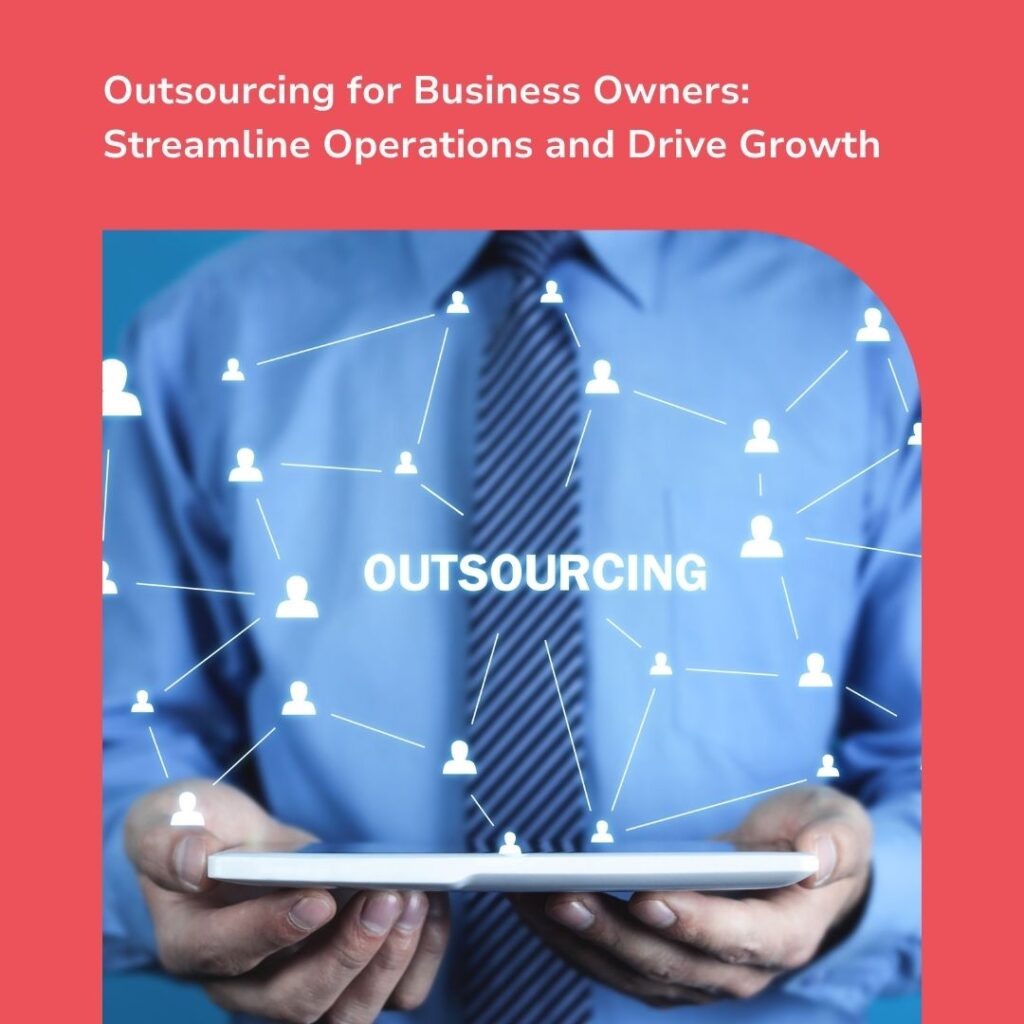Businesses have access to vast amounts of information about their customers, market trends, and industry insights. Leveraging this data strategically has become a crucial factor in driving business growth and success.
However, to fully harness the potential of data targeting, it is essential to measure its impact systematically. In this blog post, we will delve into the reasons why measuring the impact of data targeting is paramount for businesses and explore the various methods to do so effectively.
Why Measure Impact of Data Targeting?
Measuring the impact of data targeting is crucial for businesses seeking to achieve sustainable growth and maximise their marketing efforts. The below reasons explain why you should measure the impact of data targeting:
Optimisation: Measuring the impact of data targeting allows businesses to optimise their marketing strategies and make data-driven decisions. By analysing the results, companies can identify which data targeting efforts are most effective and refine their approach accordingly.
Resource Allocation: Understanding the impact of data targeting helps in allocating resources more efficiently. Businesses can invest in campaigns and channels that deliver the best results, ensuring maximum ROI on their marketing efforts.
Customer Insights: Measuring data targeting impact provides valuable insights into customer behaviour and preferences. This information helps in refining buyer personas and tailoring marketing messages to better resonate with the target audience.
ROI Evaluation: By quantifying the impact of data targeting, companies can evaluate their return on investment accurately. This ensures that marketing budgets are wisely allocated and generates positive results for the business.
Competitive Edge: In a competitive market, data targeting can provide a significant advantage. Measuring its impact allows businesses to stay ahead of their competitors by continuously improving and adapting their strategies.
Customer Engagement: Effective data targeting enhances customer engagement and satisfaction. Measuring impact helps in identifying successful engagement tactics and strengthening customer relationships.
Long-term Growth: Measuring data targeting impact is essential for achieving sustainable growth. It enables businesses to refine their approach over time, resulting in continuous improvement and long-term success.
How to Get Started with Impact Measurement of Data Targeting?
The following steps would be a head-start for impact measurement of data targeting:
Define Your Target Audience
Before you can measure the impact of data targeting, it’s crucial to clearly define your target audience. This means understanding who your ideal customers are, their demographics, interests, and pain points.
Develop detailed buyer personas to serve as the foundation for your data targeting efforts. Once you have a well-defined target audience, you can measure the effectiveness of data targeting by assessing how closely your marketing efforts align with these personas.
Set Measurable Goals
To gauge the impact of data targeting accurately, you need to establish measurable goals. These goals should be specific, achievable, relevant, and time-bound (SMART).
For example, you might set a goal to increase website traffic from your target audience by 20% within the next quarter. Setting clear objectives enables you to track progress and identify areas where data targeting can be optimised.
Track Key Performance Indicators (KPIs)
Tracking relevant KPIs is fundamental to measuring the impact of data targeting. The KPIs you monitor will depend on your specific goals, but some common metrics include:
Conversion Rate: Measure the percentage of your target audience that takes the desired action, such as making a purchase or signing up for a newsletter.
Customer Lifetime Value (CLV): Determine the total revenue generated from a customer over their entire relationship with your business, indicating the value of data-targeted customers over time.
Return on Investment (ROI): Calculate the return on your data targeting investment by comparing the cost of your marketing efforts to the revenue generated.
Customer Retention Rate: Assess how effectively data targeting contributes to customer retention and loyalty.
Click-through Rate (CTR): Measure the number of clicks your targeted ads receive compared to impressions.
A/B Testing
A/B testing is a powerful tool to measure the impact of data targeting on various marketing strategies. Create two versions of your marketing materials—one with data targeting and the other without. By comparing the performance of both versions, you can identify which approach resonates better with your target audience.
For example, you can conduct A/B tests on email marketing campaigns, website landing pages, or social media ads. Analyse the data collected from these tests to optimise your data targeting efforts continuously.
Utilise Analytics Tools
The use of analytics tools is paramount in measuring data targeting impact accurately. Tools like Google Analytics, Kissmetrics, or Mixpanel can provide valuable insights into how your target audience interacts with your website and digital marketing channels.
By tracking user behaviour, you can identify which data-targeted efforts are driving the most significant impact on your business growth.
Customer Surveys and Feedback
While analytics tools provide quantitative data, customer surveys and feedback offer qualitative insights. Send out surveys to your data-targeted audience to gather information on their satisfaction level, preferences, and overall experience with your brand. This feedback will help you understand the effectiveness of your data targeting efforts from the customer’s perspective and identify areas for improvement.
Monitor Customer Acquisition Cost (CAC)
Customer Acquisition Cost is a critical metric to evaluate the efficiency of your data targeting efforts. Calculate the CAC by dividing the total marketing expenses for a specific period by the number of new customers acquired in that period. If data targeting is effective, you should see a reduction in CAC over time, as you become more precise in reaching your target audience.
Benchmark Against Competitors
Keep an eye on your competitors and how they are leveraging data targeting. Benchmarking against industry competitors allows you to evaluate the effectiveness of your data targeting efforts relative to the market standards. Identify areas where your competitors excel and learn from their strategies to fine-tune your own data targeting tactics.
Tips to Boost Your Impact Measurement
To further enhance your data targeting impact measurement, focus on the following tips:
Data Quality and Integrity
Ensure that your data is accurate, up-to-date, and reliable. Data quality directly impacts the effectiveness of your targeting efforts, so regularly validate and clean your data to avoid inaccuracies.
Personalisation
Embrace personalisation to create tailored experiences for your customers. Leverage data insights to deliver personalised content, offers, and recommendations, increasing customer engagement and conversion rates.
Multichannel Tracking
Implement cross-channel tracking to gain a holistic view of your customers’ journey. Understanding how they interact with your brand across various channels will help you identify the most impactful touchpoints and optimise your targeting strategies accordingly.
Segmentation Refinement
Continuously refine your audience segments based on new data and insights. As customer behaviours and preferences evolve, adjusting your segmentation approach ensures your targeting remains relevant and effective.
Data Privacy and Security
Prioritise data privacy and security to maintain customer trust and compliance with regulations. Protecting customer data not only strengthens your brand reputation but also ensures the accuracy and integrity of your targeting efforts.
Data Integration
Integrate data from various sources to get a comprehensive view of your audience. Combining first-party data with third-party data can provide deeper insights, leading to more effective targeting and personalisation.
Continuous Testing
Embrace a culture of continuous testing and experimentation. Regularly test new data targeting strategies and measure their impact to stay ahead of changing market dynamics and consumer preferences.
Collaboration Across Teams
Foster collaboration between marketing, sales, and customer support teams. Sharing data insights and feedback between departments can help optimise data targeting efforts and enhance the overall customer experience.
Adaptation to Trends
Stay updated with industry trends and technological advancements in data targeting. Embrace new tools and techniques to stay ahead of the competition and maintain a competitive edge.
Conclusion
Measuring the impact of data targeting is not only beneficial but essential for businesses striving for growth and success in the digital era. By optimising marketing strategies, understanding customer preferences, and achieving better ROI, businesses can create more meaningful customer experiences and build long-lasting relationships.
With precise targeting and continuous improvement, businesses can thrive in an increasingly competitive landscape and pave the way for sustainable growth and success.









